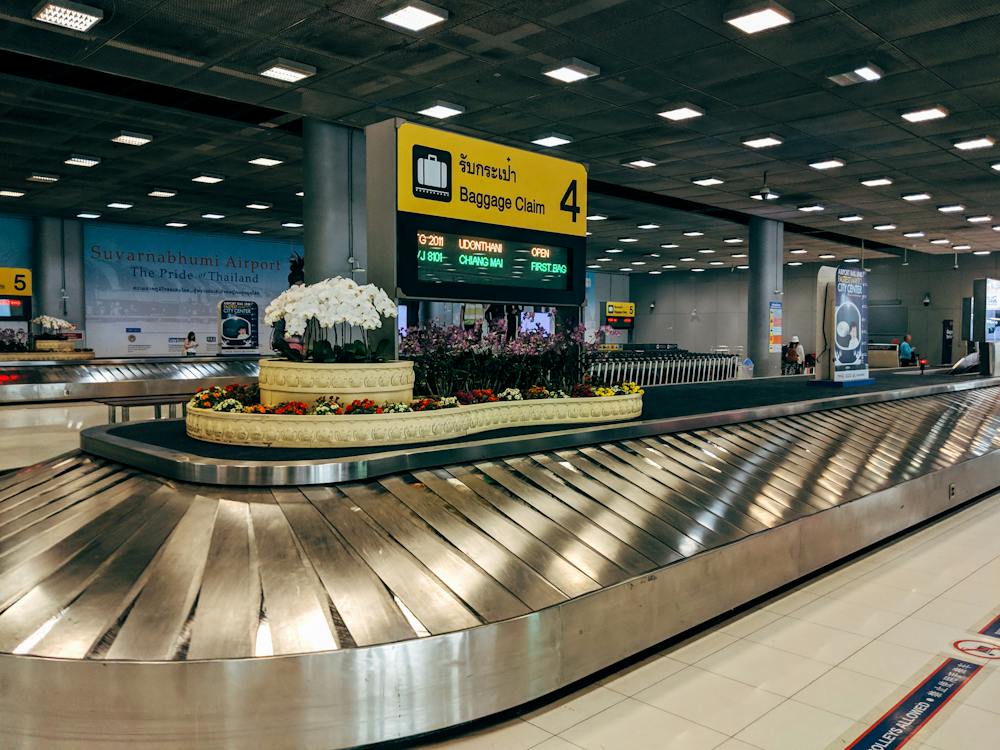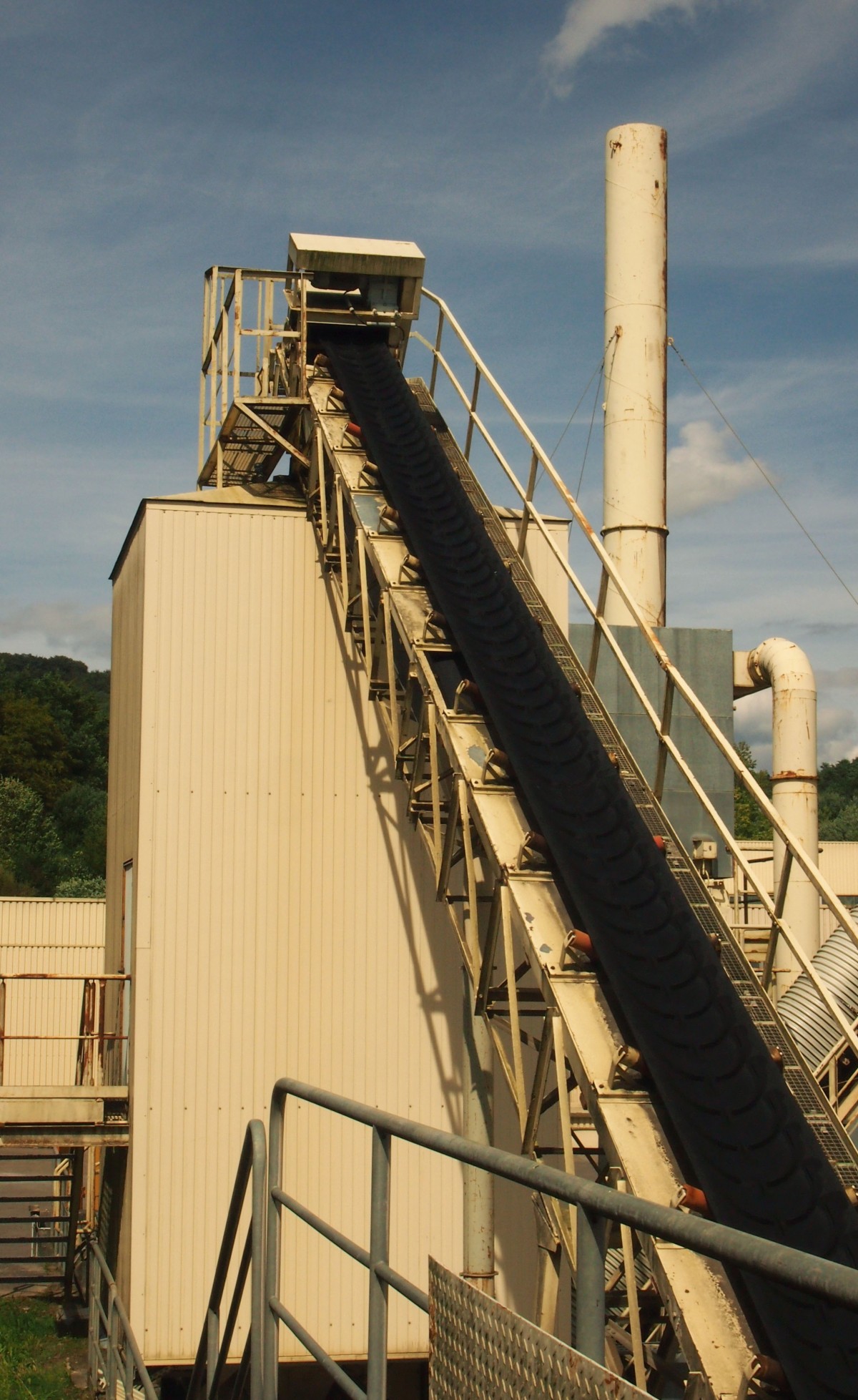
In the dynamic landscape of Canadian industry, conveyor belts stand as a testament to human ingenuity and the relentless pursuit of progress. From the bustling factory floors to the serene agricultural fields, conveyor systems have become an indispensable part of material handling, revolutionizing the way goods are transported within facilities. This article takes a closer look at the innovative Cog-Veyor technology, explores the versatility of inclined and horizontal conveyors, and examines how they compare to conventional systems, shedding light on their pivotal role in enhancing efficiency and productivity across various sectors.
The Backbone of Material Handling
Conveyor belts are the silent workhorses of the industry, tirelessly moving goods from point A to B. Their efficiency and reliability have turned them into a staple in sectors as diverse as manufacturing, agriculture, mining, and beyond. By automating the transport of materials, these systems not only reduce labor costs and increase safety but also enhance productivity, allowing businesses to meet the increasing demands of their markets.
The Cog-Veyor Revolution
The Cog-Veyor technology represents a significant leap forward in conveyor belt design, setting a new standard in the industry. Unlike conventional flat belts, the Cog-Veyor system utilizes a unique combination of cogs and belts. This innovative design offers superior grip, precise positioning, and an extended lifespan, making it an ideal choice for industries requiring meticulous material handling, such as food processing and pharmaceuticals. The cogged design minimizes slippage, reduces maintenance needs, and ensures a smoother operation, even under the most demanding conditions.
Mastering Every Angle: Inclined and Horizontal Conveyors
Inclined and horizontal conveyors provide flexible solutions for the diverse needs of material handling across various industries. Inclined conveyors are engineered to transport goods between different elevations efficiently, making them perfect for facilities with limited space or those looking to maximize vertical storage capacity. Their ability to move items uphill or downhill with ease makes them indispensable in many industrial settings.
On the other hand, horizontal conveyors are the workhorses of straightforward material transport. Ideal for short to medium distances, they are a common sight in settings ranging from airport baggage claims to assembly lines, where they offer efficient, linear transportation of goods. The versatility of inclined and horizontal conveyors allows them to be customized to fit the specific needs of any operation, ensuring materials are moved in the most efficient way possible.
Conventional Conveyors: The Traditional Choice
Despite the advancements in conveyor technology, conventional conveyor systems remain a cornerstone of material handling. Characterized by their flat belts and straightforward operation, these systems are renowned for their reliability and ease of use. They excel in transporting goods over short to long distances, offering a time-tested solution for various industrial applications. While they may lack the specialized features of more modern designs like the Cog-Veyor, their durability and cost-effectiveness continue to make them a valuable asset in many sectors.
Navigating the Conveyor Landscape
Choosing the right conveyor system is critical for optimizing efficiency, safety, and cost-effectiveness in material handling operations. The cutting-edge Cog-Veyor system offers advanced features for specialized needs, providing a high level of precision and reliability. Inclined and horizontal conveyors, with their adaptability, cater to a wide range of applications and layouts, offering solutions that can be tailored to meet the unique challenges of any facility.

